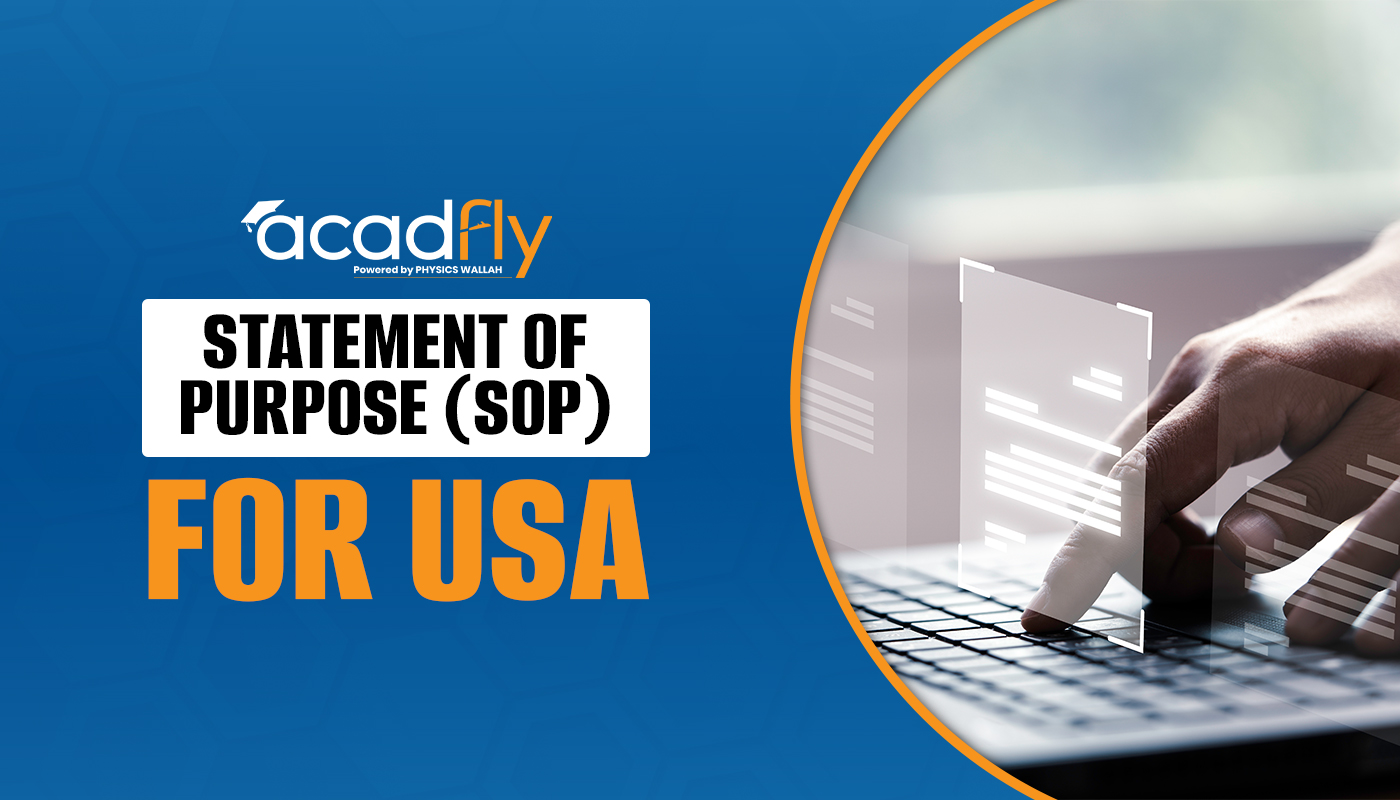

For international students aspiring to study in the United States, financing education can be a major concern. Understanding the various US student loans for international students is crucial to making informed decisions about how to cover tuition and living expenses. Fortunately, a range of loan options, including private lenders and government programs, is available for students from abroad. These loans help bridge the financial gap and allow students to focus on their academic journey in one of the top education destinations globally.
International Education Loans US: Key Options for Students
When pursuing higher education in the US, many international students rely on financial aid to manage tuition and other expenses. There are various US student loans for international students available through private lenders and specific government-backed programs. These loans help ease the financial burden and make studying in the US more accessible for international students.
1. Private Student Loans for International Students
Private lenders offer student loans to international students with a co-signer. These loans can cover tuition, living expenses, and other education-related costs, depending on the lender’s terms and conditions.
2. No Co-Signer Loans
Some financial institutions provide loans to international students without the need for a US-based co-signer. These options are limited but allow students to finance their studies independently.
3. Federal Loans for Permanent Residents
While most federal loans are restricted to US citizens, permanent residents can access government-backed student loans, offering lower interest rates and flexible repayment options.
4. School-Specific Loan Programs
Some US universities have partnerships with private lenders to offer tailored student loans to international students. These loans often come with favorable terms and conditions tied to specific institutions.
5. Education Loans Based on Future Income
Income-share agreements are an emerging option where students commit a portion of their future income in exchange for loan funding, making repayment manageable based on their earning potential.
6. Loans with Grace Periods
Certain loans offer grace periods post-graduation, allowing students to focus on finding employment before repayments begin, giving them time to settle financially after completing their studies.
Study Loans for US Universities: Financing Your Education
Studying in the USA can be a significant financial investment for international students. However, several education loans for studying in the USA are available to ease the financial burden. These loans are designed to support tuition, living expenses, and other educational costs. Below is an overview of different US student loans for international students that can help finance your education in American universities.
|
Loan Type |
Key Features |
|
Private Student Loans |
Available through private lenders; typically require a US-based co-signer. |
|
No Co-Signer Loans |
Offered by select lenders; do not require a co-signer but have stricter eligibility. |
|
University-Specific Loan Programs |
Loans are offered in partnership with specific universities to international students. |
|
Federal Loans for Permanent Residents |
Available for international students with permanent residency status. |
|
Deferred Repayment Loans |
Allow repayment to start after graduation, helping students manage finances better. |
|
Interest-Free Loans |
Some organizations offer interest-free loans to international students with financial need. |
|
Loan Options for Medical Students |
Specialized loans for international students pursuing medical degrees in the US. |
|
Graduate-Specific Loans |
Loans are designed for graduate programs, with repayment options tailored to career outcomes. |
These loan options provide international students with various avenues to fund their studies while pursuing a quality education in the USA.
Student Finance for International Students in the USA: Available Resources
Financing your education in the USA as an international student can be challenging, but there are several options designed to make the process smoother. From loans to scholarships, students can explore a variety of funding resources. Below are some key options for securing US student loans for international students and other financial aid opportunities.
1. International Student Loan Programs
Several specialized loan programs are available exclusively for international students. These loans often have flexible repayment terms and cater specifically to students who may not have access to federal aid.
2. Co-Signer Requirements for Loans
Many private student loans in the USA require a US-based co-signer, which can enhance the approval chances and secure lower interest rates. Having a co-signer helps mitigate the risk for lenders.
3. Non-Co-Signer Loan Options
A limited number of lenders offer loans without requiring a co-signer. These loans are designed for students from specific countries or attending particular universities and usually require a solid credit history or future earning potential.
4. On-Campus Employment Opportunities
Work-study programs, available through certain universities, allow international students to work part-time on campus. The earnings from these jobs can help cover daily expenses, reducing the overall reliance on loans.
5. Scholarships from US Institutions
Many universities offer merit-based scholarships for international students, which can significantly lower tuition fees. These scholarships are often competitive, but they offer a way to reduce overall borrowing.
6. External Scholarships and Grants
Numerous external organizations provide scholarships and grants specifically for international students in the USA. These awards typically do not need to be repaid and can help cover tuition and living costs.
US Student Loans for Foreign Students: Application Process
The application process for US student loans for foreign students can be complex, but understanding the steps involved can help simplify it. Here’s a detailed guide on how to navigate the application process effectively.
1. Research Available Loan Options
Begin by researching the different types of student loans available for foreign students. Look for private lenders that offer international student loans, as federal loans are generally not accessible to non-US citizens.
2. Verify Eligibility Requirements
Each lender will have specific eligibility criteria. Ensure you meet all the requirements, which may include having a US co-signer, proof of enrollment at an accredited institution, and maintaining a certain GPA.
3. Gather Necessary Documents
Prepare all required documentation before applying. Common documents include:
-
Proof of identity (passport, visa)
-
Admission letter from a US university
-
Financial information (income statements, tax returns)
-
Co-signer information (if applicable)
4. Complete the Loan Application
Fill out the loan application form accurately. Most lenders provide an online application process, making it easy to submit your information. Be sure to double-check all details before submitting.
5. Provide Co-Signer Information
If required, include your US co-signer's information. They will need to provide their financial details, credit history, and consent to act as your co-signer on the loan.
6. Await Loan Approval
After submitting your application, the lender will review your information. The approval process can take anywhere from a few days to several weeks, depending on the lender’s policies.
7. Review Loan Terms and Conditions
Once approved, carefully review the loan terms, including interest rates, repayment schedules, and any fees. Ensure you understand the repayment options available to you.
8. Accept the Loan Offer
If you agree to the terms, formally accept the loan offer. You may need to sign a loan agreement and provide any additional information requested by the lender.
9. Disbursement of Funds
After acceptance, the loan funds will typically be disbursed directly to your educational institution to cover tuition and other associated costs. Check with your school to understand how the disbursement process works.
10. Understand Repayment Responsibilities
Familiarize yourself with the repayment terms. Many lenders offer a grace period after graduation before repayments begin. Plan your finances accordingly to ensure timely payments once the grace period ends.
Frequently Asked Questions
1. What are US student loans for foreign students?
2. Do I need a co-signer for US student loans?
3. What types of student loans are available for international students in the US?
4. How do I apply for US student loans as an international student?
5. What documents do I need to apply for a student loan?









